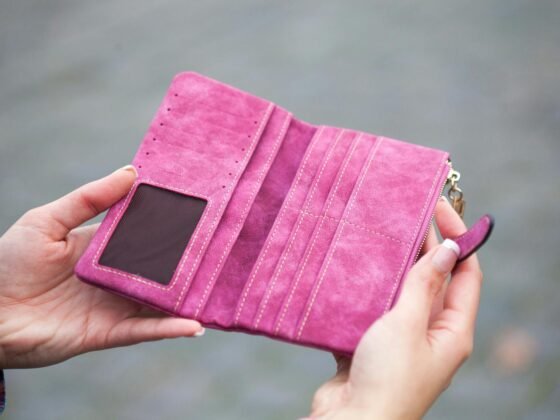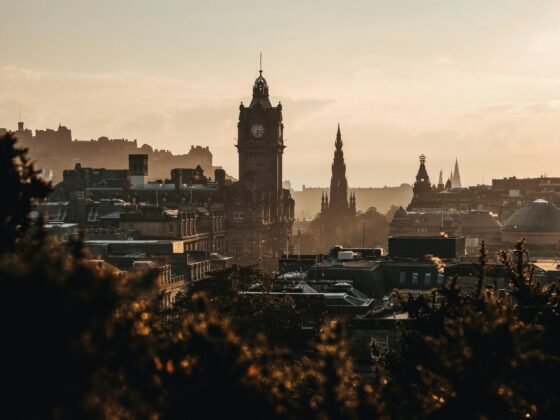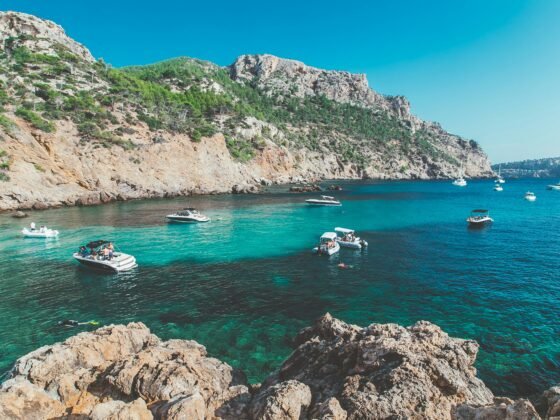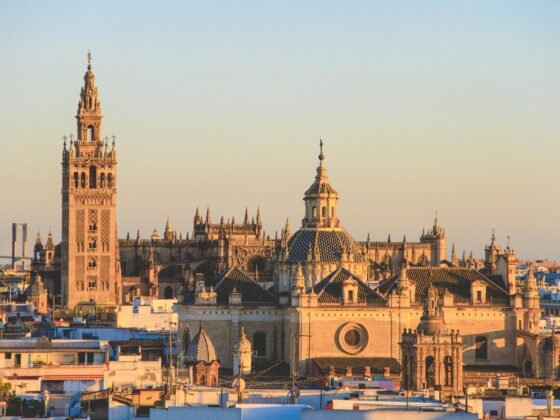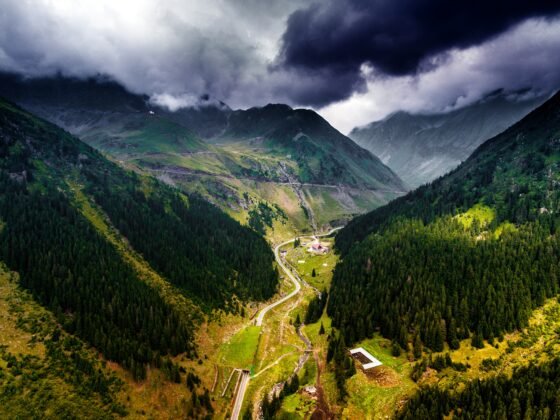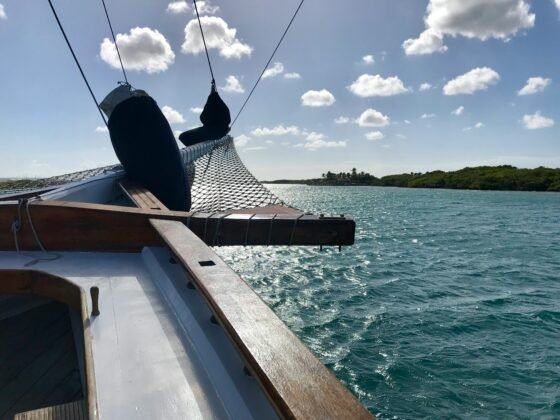Dubai is a dazzling city of superlatives—home to some of the tallest buildings, largest malls, and most extravagant attractions in the world.
Luckily, Dubai offers a variety of transportation options tailored to different needs, budgets, and schedules. This guide will help you move efficiently and comfortably through the city, whether you’re heading to the Burj Khalifa, the desert, or the buzzing Marina.
Understanding Dubai’s Geography and Layout
Before diving into transportation options, it helps to understand the basic layout of Dubai. The city stretches along the Persian Gulf coast and is divided into several distinct zones:
- Downtown Dubai: Home to iconic landmarks like Burj Khalifa, Dubai Mall, and Dubai Fountain.
- Deira and Bur Dubai: The older parts of the city featuring traditional markets, historic neighborhoods, and cultural sites.
- Dubai Marina and Jumeirah Beach Residence (JBR): Popular waterfront districts known for dining, nightlife, and beach access.
- Business Bay and DIFC: The financial and commercial hubs.
- Outlying areas: Including Jebel Ali, Al Quoz industrial zone, and the desert outskirts.
Dubai’s rapid development means many of these areas are connected by highways and metro lines, but distances between points can still be significant. Planning your route and mode of transport in advance will save time and stress.
Public Transportation: Metro, Buses, and Trams
Dubai has invested heavily in public transit infrastructure over the past decade, making it one of the most modern and accessible systems in the Middle East.
Dubai Metro
The Dubai Metro is often the fastest and most convenient way to get around key areas of the city. It currently operates two main lines:
- Red Line: Runs from Rashidiya in the northeast to Jebel Ali in the southwest, passing through Downtown, Dubai Marina, and the airport.
- Green Line: Connects Al Qusais to Creek stations, serving Deira and Bur Dubai.
Metro stations are clean, air-conditioned, and equipped with clear signage in English and Arabic. Trains arrive frequently, and you can use a Nol Card—a rechargeable smart card valid across all public transit—to pay fares.

Photo by Pavlo Luchkovski, Pexels
Tips for Using the Metro:
- The metro has designated “Gold Class” cabins for a premium experience at a higher fare.
- Women and children under 12 have exclusive cabins during peak hours.
- Avoid traveling during Friday prayer times when trains can be especially crowded.
- Check the operating hours—generally from 5 AM to midnight, with extended hours on weekends.
Buses and Trams
Dubai’s extensive bus network covers areas beyond metro reach, including many residential and commercial districts. Buses are also accessible via Nol Card and offer air-conditioned comfort.
The Dubai Tram services the Dubai Marina and Jumeirah Beach areas, connecting with metro stations to provide smooth transfers. It’s a good option if you’re exploring the waterfront or heading to JBR.
Taxis and Ride-Hailing Services
If you prefer door-to-door service, Dubai offers a variety of taxis and ride-hailing options.
Regular Taxis
Operated by the Roads and Transport Authority (RTA), Dubai taxis are plentiful, metered, and regulated to ensure safety and fair pricing. You can hail them on the street, at taxi stands, or book via phone.
Taxis are ideal for short trips, airport transfers, or when you’re carrying luggage. Be aware that fares increase during peak hours and at night.

Photo by Kadir Avşar, Pexels
Ride-Hailing Apps
Uber and Careem are popular in Dubai and function similarly to traditional taxis but offer cashless payments, ride tracking, and sometimes more vehicle options—from economy to luxury.
These apps often have promotions for first-time users and can be more convenient for tourists unfamiliar with local taxi norms.
Renting a Car: Freedom and Flexibility
For many visitors and residents, economy car rental Dubai offers unparalleled freedom to explore Dubai and beyond at their own pace.
What to Know Before Renting
- International Driving Permit (IDP): If you’re visiting, an IDP along with your home country license is usually required.
- Traffic Rules: Dubai’s roads are well-maintained but fast-paced. Familiarize yourself with speed limits and local driving etiquette.
- Parking: Ample parking is available at malls and hotels, though some areas require payment or permit.
- Insurance: Ensure your rental includes comprehensive insurance coverage.
Advantages of Renting
Having a car lets you explore off-the-beaten-path locations like the Dubai Desert Conservation Reserve, Hatta, or the coastal road to Fujairah. It’s also more comfortable for families or groups and useful if your itinerary includes multiple stops spread across the city.
Alternative Transport Options: Bikes, Water Taxis, and More
Cycling in Dubai
While still growing, cycling infrastructure is improving, with dedicated bike lanes in places like Al Qudra and around Dubai Marina. Rental services and electric bikes offer an eco-friendly way to explore certain neighborhoods, especially during cooler months.
Water Taxis and Abras
Dubai Creek and Dubai Marina feature water taxis and traditional wooden abras that offer scenic, traffic-free transport between neighborhoods. These are affordable and a unique way to experience the city’s waterways.
Walking and Scooters
Downtown Dubai and parts of Dubai Marina are very walkable, with shaded paths and pedestrian-friendly zones. Electric scooters are increasingly popular for short trips, though their use is regulated to designated areas.
- Download the RTA Dubai app: This all-in-one tool helps plan trips, check schedules, book taxis, and pay Nol Card balances.
- Plan around peak hours: Dubai’s rush hours are roughly 7:30-9:30 AM and 5-7 PM on weekdays; avoid travel during these times if possible.
- Stay hydrated and sun-protected: Even transit waits can be hot in summer—carry water, sunscreen, and a hat.
- Language: English is widely spoken in transportation settings, but basic Arabic greetings go a long way.
- Respect local customs: Dress modestly in public areas, and be mindful of cultural norms, especially in less touristy neighborhoods.
Final Thoughts on Making the Most of Your Dubai Experience
Getting around Dubai is easier than many expect, thanks to a combination of modern infrastructure, varied transport modes, and smart city planning. Whether you prefer the speed of the metro, the convenience of a taxi, or the freedom of a rental car, Dubai’s transport options can fit your needs.
For visitors, mixing different modes of transport can also enrich your experience—taking a metro to Downtown, then an abra across the creek, or a tram through the Marina. For residents and long-term visitors, understanding the nuances of each option helps you save money, avoid hassle, and navigate Dubai’s vibrant urban landscape confidently.
So pack your comfortable shoes, download your apps, and get ready to explore the city with ease. Dubai’s vibrant mix of tradition and innovation awaits just beyond your next ride.
Image: Next Voyage, Pexels



